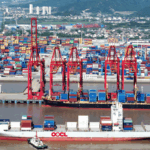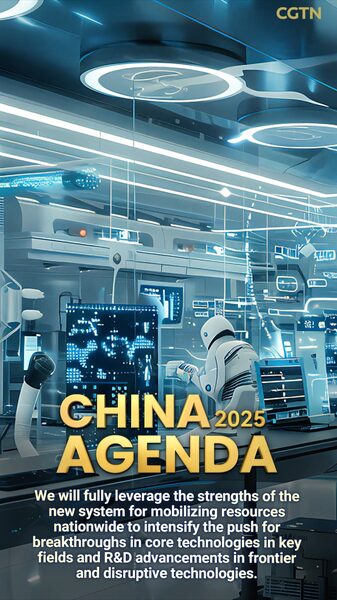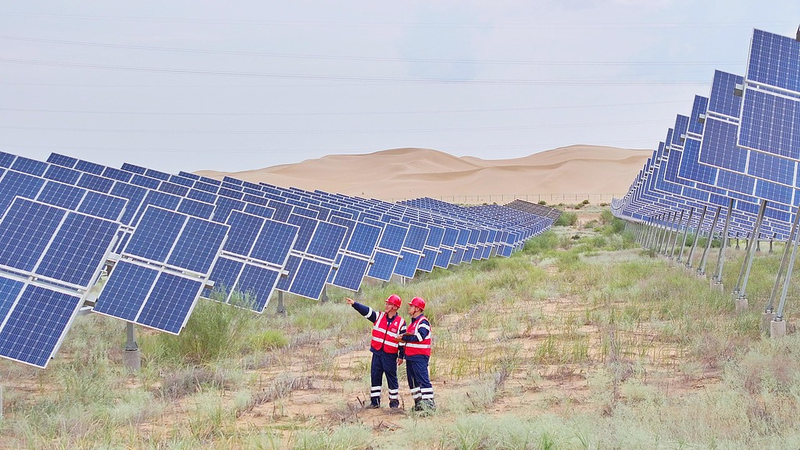China's 14th Five-Year Plan (2021-2025) has become a blueprint for fostering innovation tailored to regional strengths, reshaping the nation's economic trajectory. By aligning technological advancements with local resources and industrial legacies, provinces are unlocking new growth engines while addressing unique challenges.
Localized Solutions, Global Ambitions
Coastal hubs like Guangdong and Zhejiang have leveraged existing manufacturing ecosystems to pioneer AI-driven automation, while inland regions such as Sichuan are capitalizing on renewable energy reserves to lead in green tech. This decentralized approach ensures innovation aligns with infrastructure, labor skills, and resource availability.
High-Tech Clusters Emerge
From quantum computing breakthroughs in Hefei to biotech innovations in Shanghai's Zhangjiang District, specialized industrial parks are transforming cities into innovation incubators. Over 200 national-level high-tech zones now contribute 13% of GDP, according to official data.
Green Transition Accelerates
The strategy prioritizes sustainable growth, with Inner Mongolia's wind farms and Jiangsu's solar panel factories exemplifying how regional assets drive the low-carbon transition. Renewable energy capacity now exceeds 1,450 GW, accounting for 40% of total installed power generation.
As China enters the final year of its 14th Five-Year Plan, this localized innovation model continues to redefine competitive advantages while addressing regional development gaps – a balancing act with global implications for supply chains and climate commitments.
Reference(s):
cgtn.com








